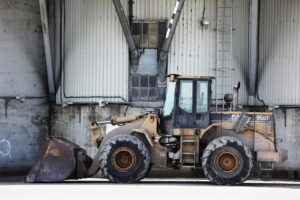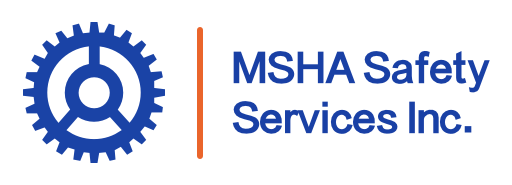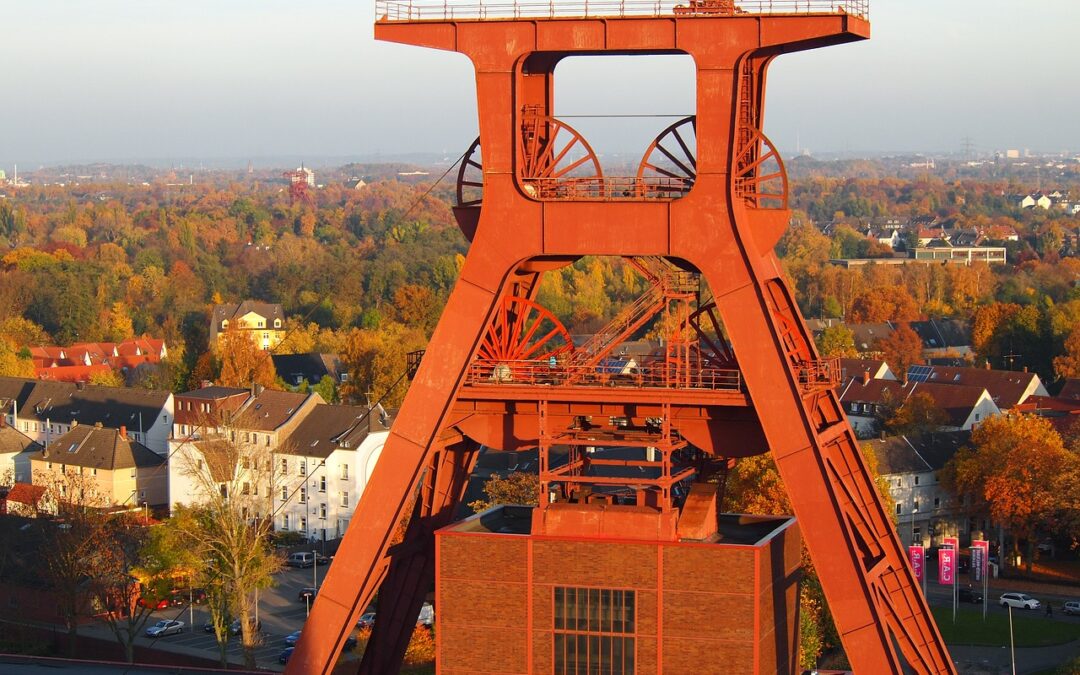In mining, where massive machinery operates in challenging and often hazardous environments, clear visibility isn’t just a convenience—it’s a life-saving safety requirement. The importance of safety glass and window maintenance can’t be overstated, as these components directly affect an operator’s ability to see clearly, react quickly, and prevent accidents. Poor visibility not only endangers the operator but also increases the risk for the entire worksite.
This article will explore why maintaining safety glass and windows is essential, the common hazards operators face, and how proper care and timely repairs help address safety defects in mining equipment. We’ll also highlight the role operators play in equipment safety by keeping visibility aids in top condition, ensuring safer and more efficient mining operations.
Why Clear Visibility Is Crucial for Mining Equipment Operators
Visibility is one of the most crucial aspects of mining safety. Operators of heavy equipment must be able to see their surroundings clearly to avoid hazards, prevent collisions, and ensure safe operation. Dust, poor lighting, and blocked or damaged windows all contribute to reduced visibility, increasing the risk of accidents on site. Prioritizing operator visibility supports faster decision-making and safer equipment handling in both surface and underground environments.
Common Visibility Hazards in Mining Environments
Mining sites are full of visibility challenges. From constant dust clouds and mud splashes to harsh lighting contrasts between above-ground and tunnel operations, miners often work in visually compromised conditions. Fogged-up windows, scratched safety glass, and worn-out wipers can turn a routine job into a risky one. When visibility is compromised, the margin for error becomes dangerously thin.
Understanding the Role of Safety Glass in Heavy Equipment
Safety glass in mining equipment isn’t just about shielding operators from wind or rain—it’s about protection from flying debris, equipment vibrations, and pressure changes. Laminated and tempered glass types are specially designed to withstand impact while maintaining clarity. In case of breakage, safety glass reduces injury risk by breaking into blunt, non-sharp fragments or staying bonded to a plastic interlayer.
Compliance Standards for Safety Glass in the Mining Industry
The Mine Safety and Health Administration (MSHA) requires that equipment used in mining operations be fitted with certified safety glass that meets specific ANSI Z26.1 standards. This includes windshield and cab windows that must remain clear and intact under normal operation. Meeting these standards not only ensures legal compliance but also protects workers from visibility-related hazards that can cause costly injuries and equipment damage.
The Impact of Damaged Windows on Operator Safety and Efficiency
Even small cracks or chips in equipment windows can reduce structural integrity, obstruct the operator’s view, and worsen over time. These defects increase glare, distort images, and can lead to misjudged distances or missed warning signs. In high-speed or high-load environments, such misjudgments can cause accidents. Operators must be able to see clearly to move safely, efficiently, and confidently.
Signs Your Equipment Windows Need Repair or Replacement
Operators and maintenance crews should watch for common signs of wear:
- Spiderweb cracks or chips in corners
- Scratches causing glare under light
- Fogging between window layers
- Discoloration or pitting on the glass
- Loose window seals or water leaks
Any of these signs mean it’s time to repair or replace the window before safety is compromised.
Window Maintenance Best Practices for Mining Equipment
Routine window maintenance is crucial for visibility and safety. Start with daily cleanings using approved glass-safe cleaners to remove dust and grime. Replace damaged or worn-out wipers, especially in wet or dusty environments. Schedule monthly inspections for glass integrity and proper sealing. Protect windows with guards or films in high-risk zones. Document every inspection and repair to stay compliant.
Training Operators to Inspect and Maintain Visibility Aids
Operators are the first line of defense when it comes to visibility-related issues. It’s important to train them to inspect windows and safety glass as part of their daily equipment checks. This includes recognizing foggy glass, noticing cracks, and reporting wiper malfunctions. Training should emphasize addressing safety defects in mining equipment, especially those that affect visual performance. A proactive operator can catch issues early and prevent a small defect from turning into a serious hazard.
Addressing Visibility-Related Safety Defects in Mining Equipment
Visibility issues fall under the category of safety defects in mining equipment, which must be addressed promptly to remain MSHA compliant. Operators should report any visual obstructions or window damage immediately. Maintenance teams must have clear protocols for handling these reports, including timelines for repair and access to proper replacement parts. By treating visibility as a key safety metric, mine sites can prevent incidents and improve working conditions.

How Technology Is Improving Cab Visibility and Glass Durability
Modern equipment manufacturers are incorporating smart technology to enhance visibility. Heated windshields, anti-fog coatings, panoramic cabs, and 360-degree camera systems all contribute to safer, clearer views for operators. New glass materials are more impact-resistant and less prone to scratching, and innovations like heads-up displays help reduce distractions by putting essential data directly in the line of sight.
Prioritizing Visibility: An Important Step Toward Safer Mining Operations
Maintaining clear visibility isn’t just about clean windows—it’s about saving lives and protecting productivity. When operators can see clearly, they can operate confidently. From investing in durable safety glass to training workers to spot hazards early, every step taken to improve visibility contributes to a safer mine site. With the right practices in place, ensuring operator visibility becomes more than a task—it becomes part of a culture of safety.

